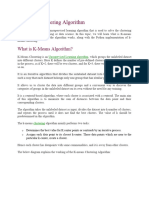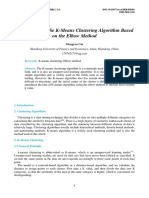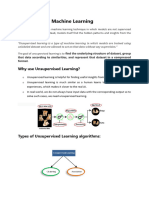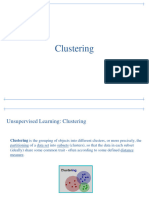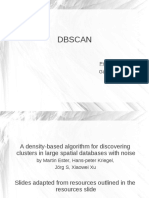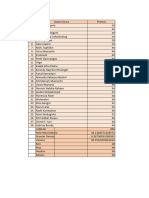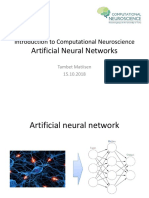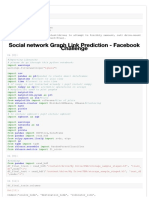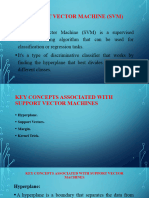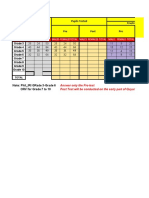0% found this document useful (0 votes)
19 views27 pagesK Means Clustering
K-means clustering is a method for partitioning a dataset into k clusters based on shared attributes, minimizing the distance between data points and their cluster centroids. The algorithm involves initializing clusters, assigning data points to the nearest centroid, and iteratively updating centroids until convergence. While easy to implement and efficient for large datasets, it has drawbacks such as sensitivity to initial conditions and difficulty in determining the optimal number of clusters.
Uploaded by
worded839Copyright
© © All Rights Reserved
We take content rights seriously. If you suspect this is your content, claim it here.
Available Formats
Download as PDF, TXT or read online on Scribd
0% found this document useful (0 votes)
19 views27 pagesK Means Clustering
K-means clustering is a method for partitioning a dataset into k clusters based on shared attributes, minimizing the distance between data points and their cluster centroids. The algorithm involves initializing clusters, assigning data points to the nearest centroid, and iteratively updating centroids until convergence. While easy to implement and efficient for large datasets, it has drawbacks such as sensitivity to initial conditions and difficulty in determining the optimal number of clusters.
Uploaded by
worded839Copyright
© © All Rights Reserved
We take content rights seriously. If you suspect this is your content, claim it here.
Available Formats
Download as PDF, TXT or read online on Scribd
/ 27











